As we photographed the flowers of the Rudraksha tree (Elaeocarpus grandiflorus Sm. 1809), also called Fairy Petticoats, Lily of the valley tree, Blue olive berry, Scrub ash or Fringe Bells, we didn´t know anything about that tropical plant, not even the name.
A few days later we went to the Doi Kham Royal Project and found the flowers depicted on a book cover, but there wasn´t any name to find. In my opinion it had to be an important tree, also in our home country Thailand, but I couldn´t find anybody who could tell me the name. I spent a whole afternoon to pore over books about tropical plants, but none of them included this plant. Last week I`ve been several times to an agricultural exhibition in Chiang Mai, North Thailand. In a small stall I found this plant again and the very friendly salesman wrote the name down for me, unfortunatly in Thai, but from now on it was just a small step to identify the plant as Elaeocarpus grandiflorus.
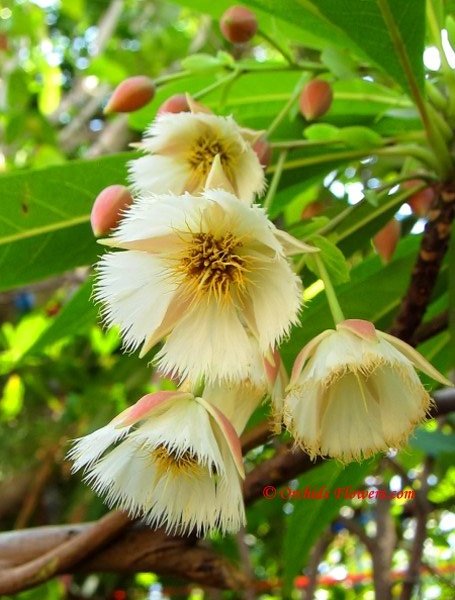
© Orchids Flowers.com
Image: Rudraksha tree (Elaeocarpus grandiflorus)
My feeling was right, the Rudraksha tree is an important tree, as Hindus believe the seeds contain the secrets of the entire evolution of the cosmos. It´s said the plant has been born from the tears of Lord Shiva. The fruits have an intensely blue color (Blue olive berry), which changes to a light or dark brown when dried. The seeds are used for rosaries (Malas with 108 beads) and have a whole from the top to the bottom and they have 1 to 21 vertical lines running down its surface, like the longitude lines on a globe. This lines are called Mukhas and depending on the number of Mukhas the beads have a different effect and meaning. Several Elaeocarpus species are used for the production of Rudraksha beads. The Rudraksha tree (Elaeocarpus grandiflorus) is a fast growing, evergreen tree, which can reach a height of about 25 meters. The tropical tree is native from the foothills of the Himalaya throughout South and South-East Asia to Australia. Flowering season: late Winter - Autumn. The flowers have an unusual scent, reminescent of liquorice.
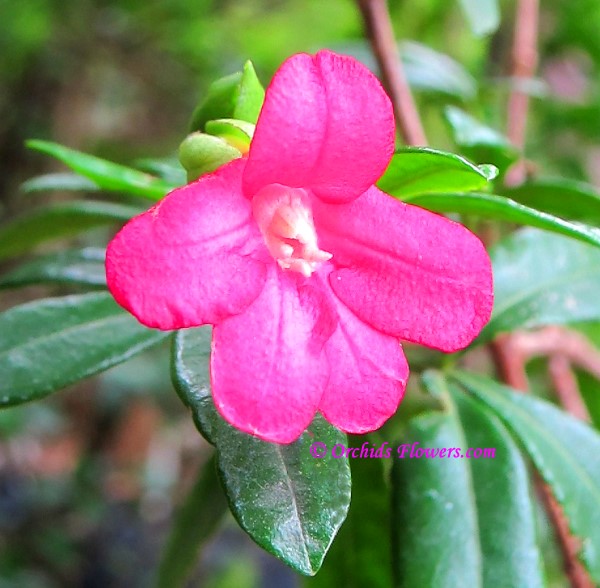 Lemonia (Ravenia spectabilis)
Lemonia (Ravenia spectabilis)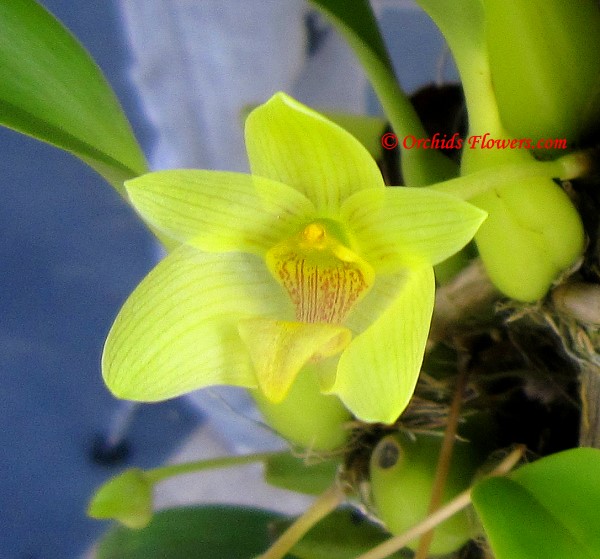 Bulbophyllum orectopetalum
Bulbophyllum orectopetalum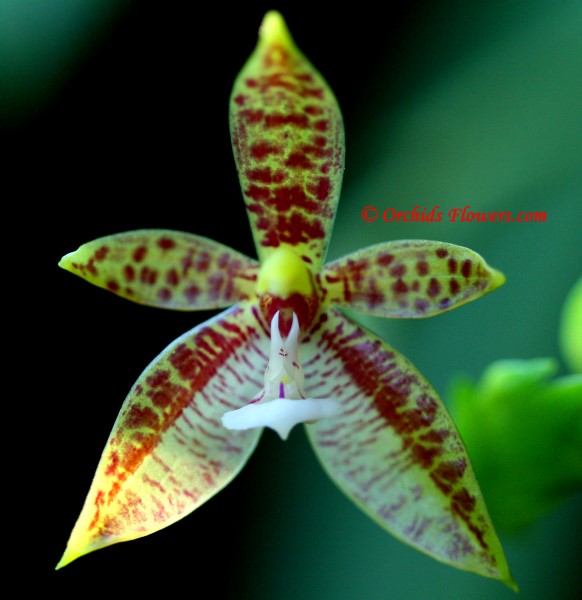 Phalaenopsis cornu-cervi Blume & Rchb. f. 1860
Phalaenopsis cornu-cervi Blume & Rchb. f. 1860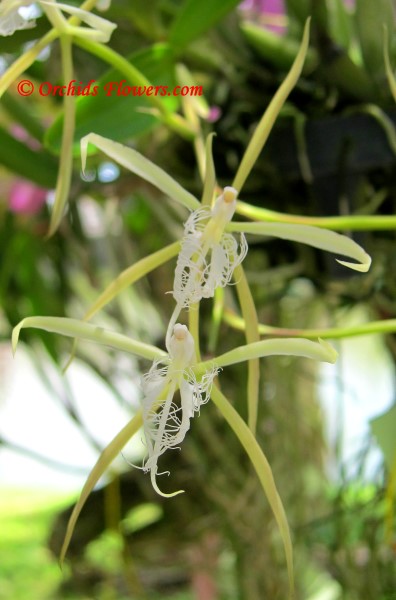 Epidendrum ciliare (Coilostylis ciliaris)
Epidendrum ciliare (Coilostylis ciliaris)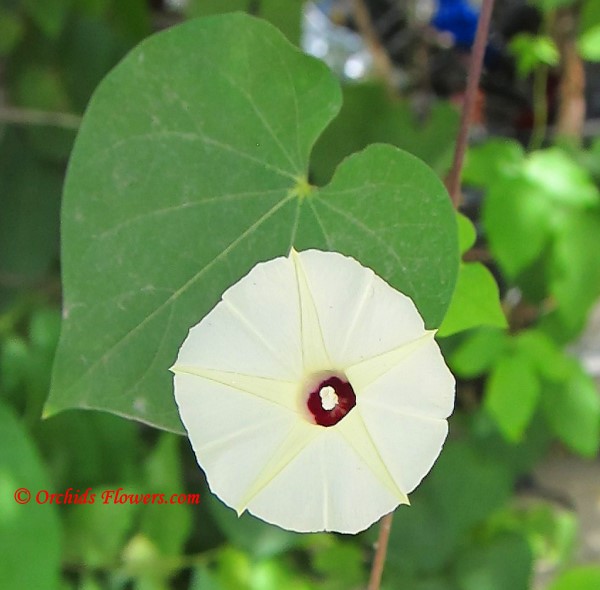 Man of the Earth (Ipomoea pandurata)
Man of the Earth (Ipomoea pandurata)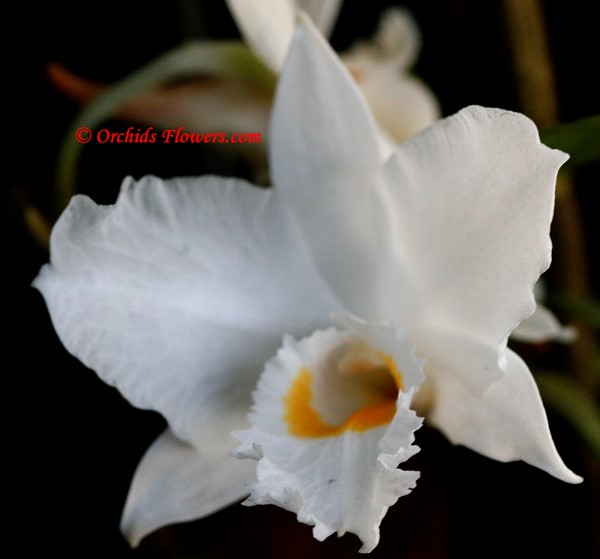 Dendrobium infundibulum Lindl.1859
Dendrobium infundibulum Lindl.1859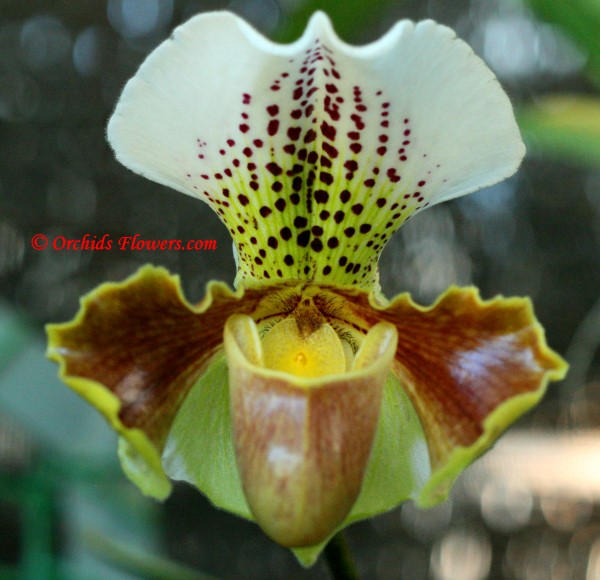 Paphiopedilum insigne
Paphiopedilum insigne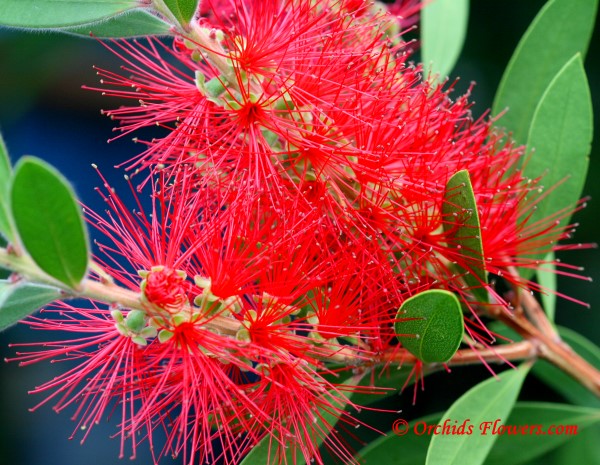 Crimson Bottlebrush (Callistemon citrinus)
Crimson Bottlebrush (Callistemon citrinus)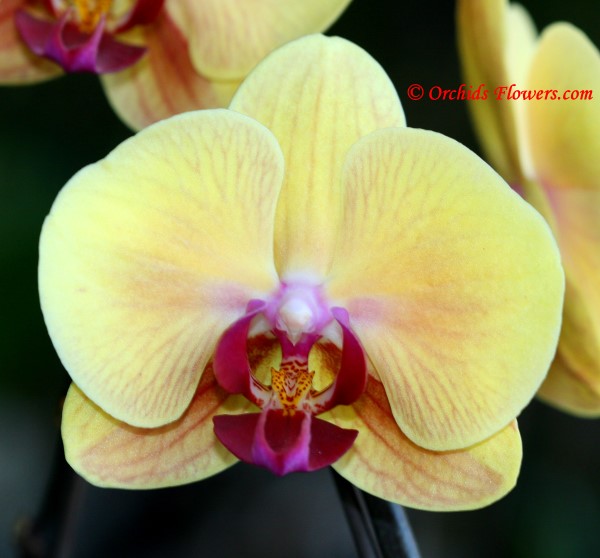 Phalaenopsis Golden Beauty
Phalaenopsis Golden Beauty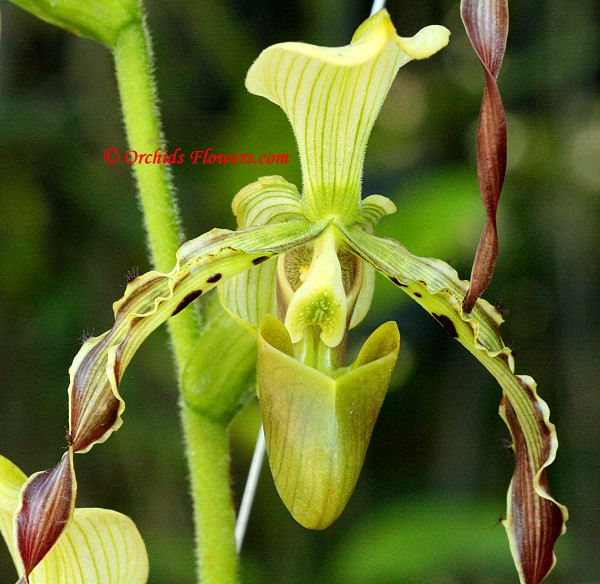 Paphiopedilum parishii
Paphiopedilum parishii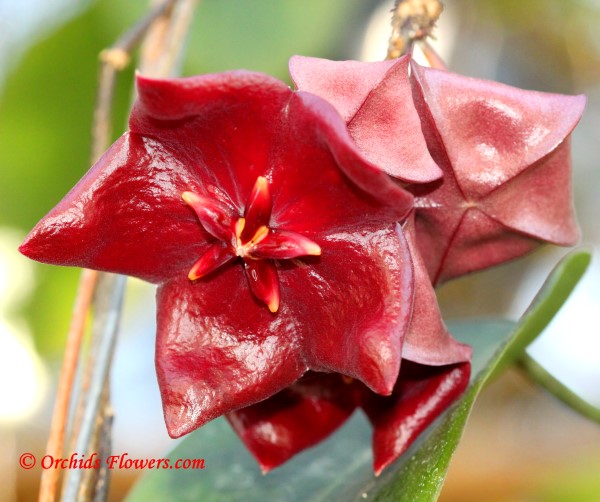 Hoya megalaster
Hoya megalaster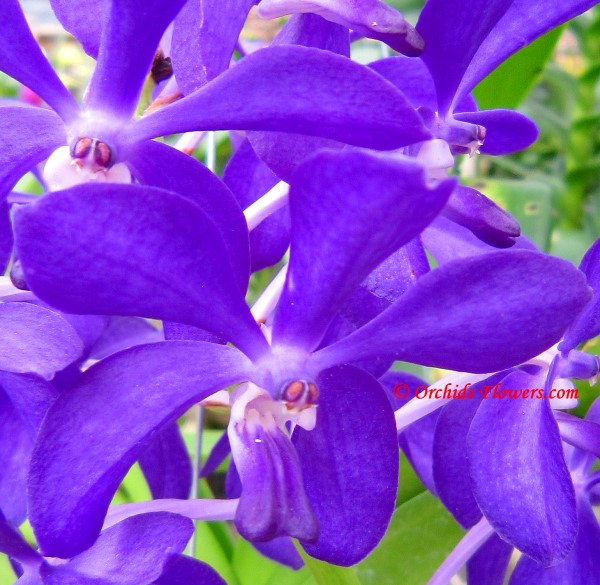 Vandachostylis Thai Sky
Vandachostylis Thai Sky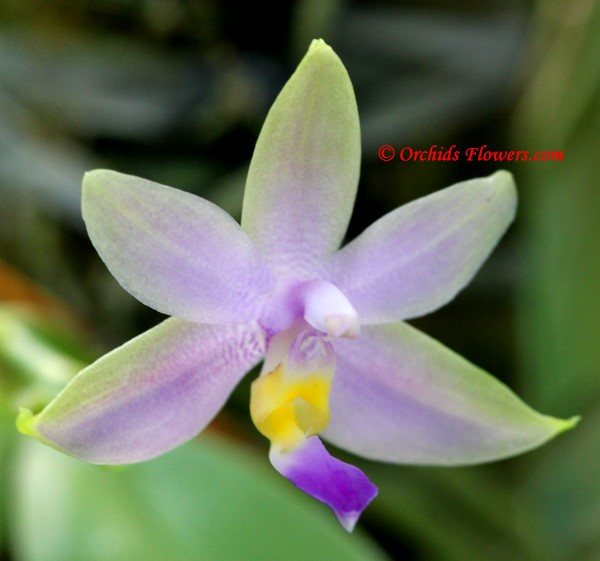 Phalaenopsis violacea fo. coerulea Christenson
Phalaenopsis violacea fo. coerulea Christenson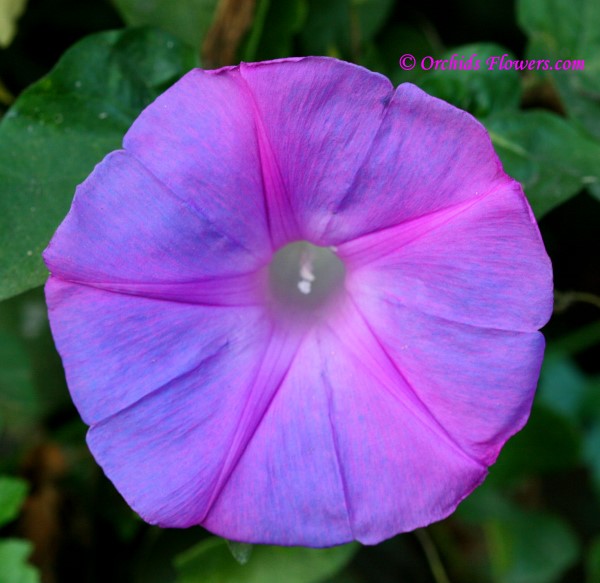 Oceanblue Morning Glory (Ipomoea indica)
Oceanblue Morning Glory (Ipomoea indica)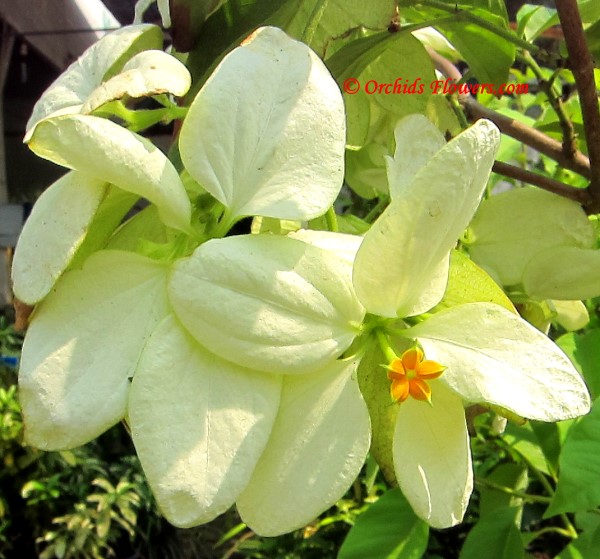 Buddha’s Lamp (Mussaenda philippica var. aurorae)
Buddha’s Lamp (Mussaenda philippica var. aurorae)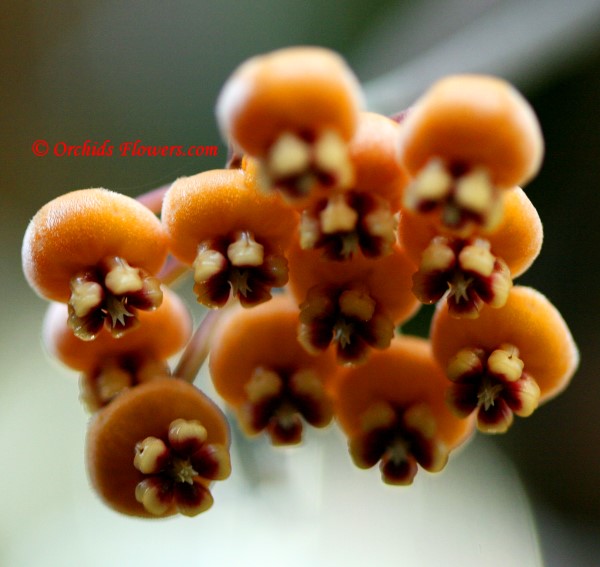 Hoya waymaniae Kloppenb.1995
Hoya waymaniae Kloppenb.1995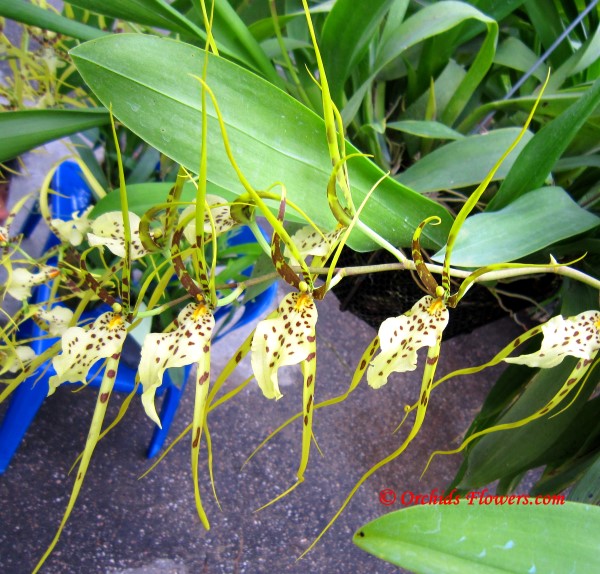 Brassia Eternal Wind “Summer Dream”
Brassia Eternal Wind “Summer Dream”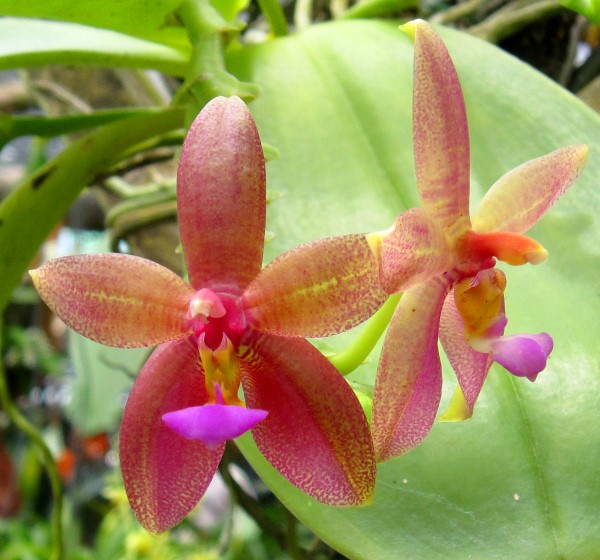 Phalaenopsis × valentinii
Phalaenopsis × valentinii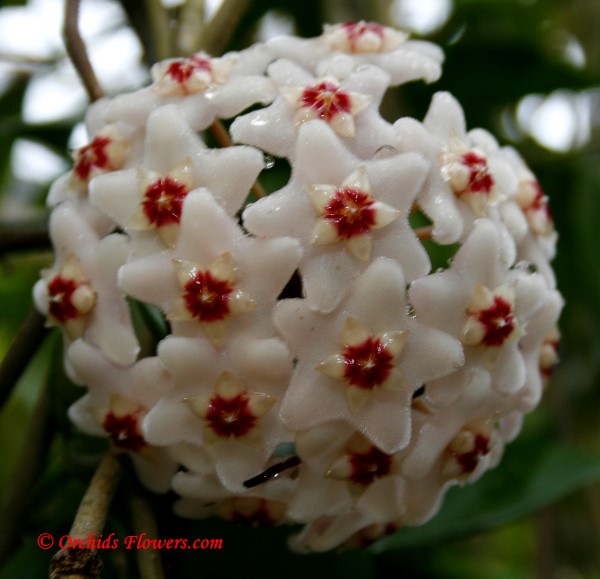 Hoya carnosa white
Hoya carnosa white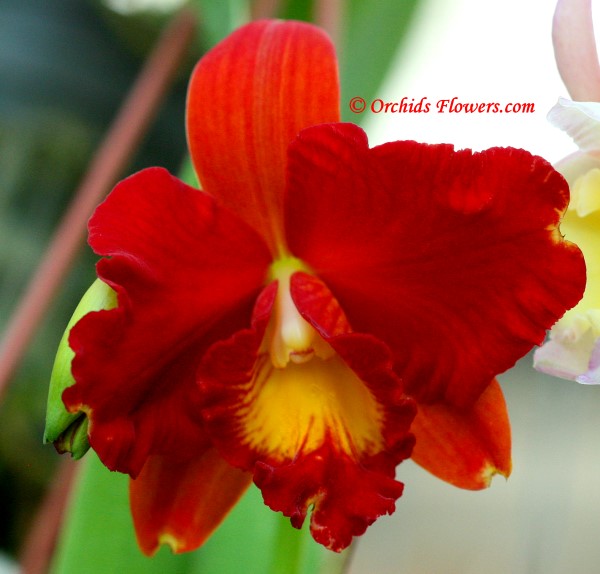 Cattleya Tainan City
Cattleya Tainan City


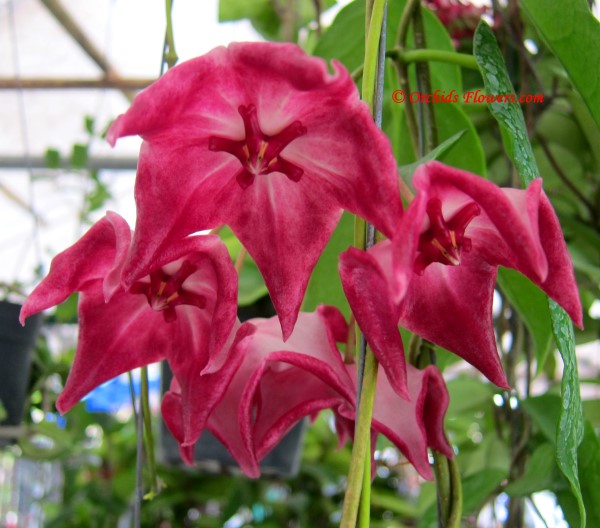 Hoya macgillivrayi F. M. Bailey 1914
Hoya macgillivrayi F. M. Bailey 1914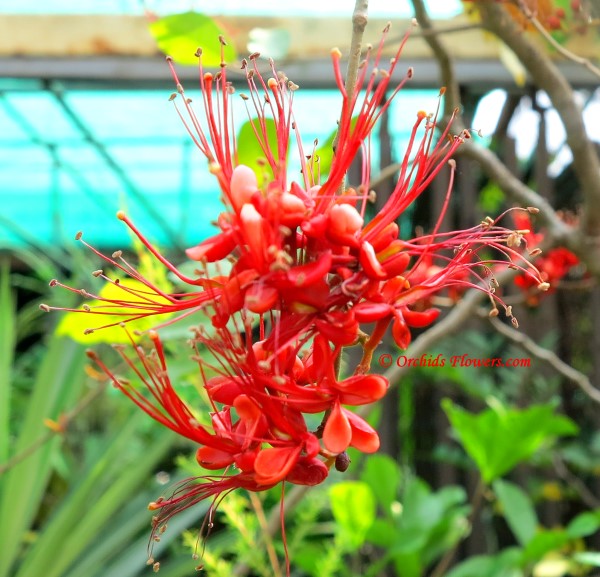 Monkey Flower Tree (Phyllocarpus septentrionalis)
Monkey Flower Tree (Phyllocarpus septentrionalis)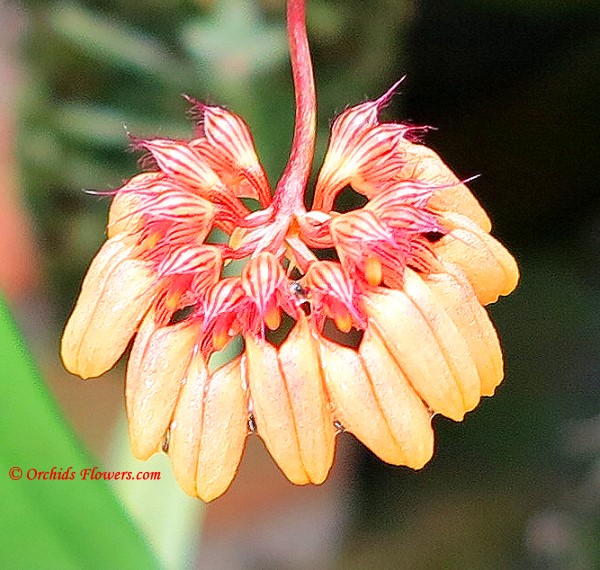 Bulbophyllum sikkimense (Cirrhopetalum sikkimense)
Bulbophyllum sikkimense (Cirrhopetalum sikkimense)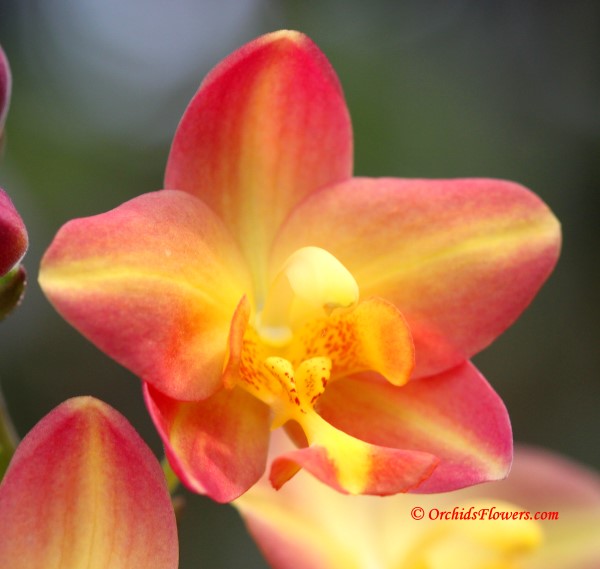 Spathoglottis Citrus Cooler Sorbet
Spathoglottis Citrus Cooler Sorbet
{ 0 comments… add one now }